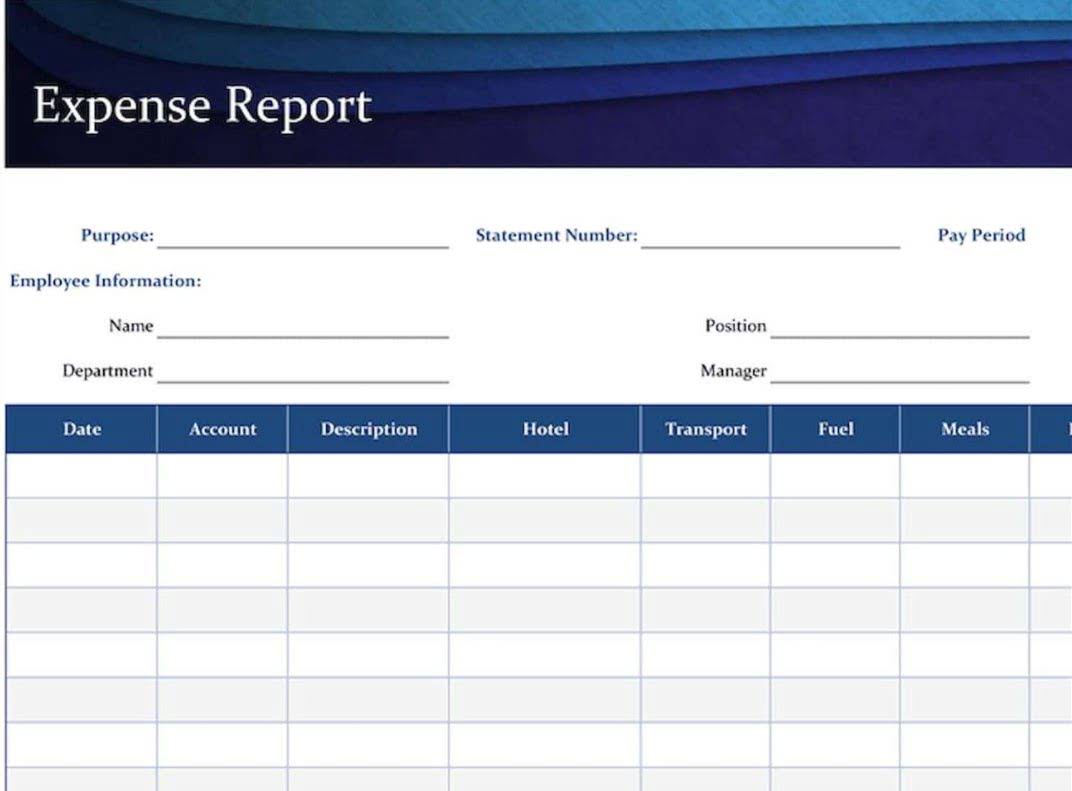
Accounts receivable — sometimes called simply “receivables” or A/R — are funds due to you from customers for products or services you have already delivered to them. If your business invoices customers and allows them to pay at a later time, then you have accounts receivable. And if you have accounts receivable, you must stay on top of them in order to ensure you collect the money due to you in a timely manner and according to the payment terms you and your customer agreed upon.
Are the Accounts Receivable Current or Non-assets?
Listed on the balance sheet as a current asset, it tells us any amount of money owed by customers for purchases made on credit. Once a method of estimating bad debts is chosen, it should be followed consistently. aging accounts receivable method Update these reports regularly (many businesses choose a monthly cadence). This reflects the current status of accounts receivable and creates valuable documentation in the event of financial audits.

Accounts Receivable Aging Explained
This way, you can ensure clients pay the total amount due in a timely manner and improve your days sales outstanding average. Aging involves categorizing a company’s unpaid customer invoices and credit memos by date ranges. Schedules can be customized over various time frames, although typically these reports list invoices in 30-day groups, such as 30 days, 31–60 days, and 61–90 days past the due date. The aging report is sorted by customer name and itemizes each invoice by number or date.

Learn How NetSuite Can Streamline Your Business
It helps you to minimize uncollected debts, ensuring steady cash flow and identifying potential losses from clients. No matter what industry you’re in, keeping track of unpaid invoices is an essential part of maintaining a healthy cash flow. An accounts receivable aging report is a financial reporting tool that does just that, letting you see unpaid invoice balances, along with the duration for which they’ve been outstanding. Let’s say you’ve been reviewing your financial statements on a monthly basis, and you notice the accounts receivable balance on your balance sheet is creeping steadily upward. You ask your bookkeeper for your accounts receivable aging reports for the last few months, and you notice several customers have large balances in the column.
Why Is Accounts Receivable Aging Important?

It’s generally accepted that the longer an invoice remains open, or unpaid, the less likely it is that the customer will remit payment. As a result, it’s important to keep a close watch on how long individual invoices remain unpaid so the business can quickly intervene, improving the chance of collecting payment. Beyond collection efforts, AR aging also informs cash flow forecasts, credit approval policies, sales efforts and estimation of accounting reserves required for bad debt. Your AR aging report lists your business’ outstanding invoices, making it much simpler to track and manage overdue payments.
Accounts receivable aging report FAQ
- 11 Financial’s website is limited to the dissemination of general information pertaining to its advisory services, together with access to additional investment-related information, publications, and links.
- Cash flow is important to a business because many businesses fail due to negative cash flow.
- The general rule is when accounts receivables remain outstanding for a long period of time.
- An aging report is used to show outstanding customer invoices that show an outstanding number of days.
- Uncollected AR means lost revenue, cash and profit — an undesirable trifecta.
Some business owners will even start mentioning the possibility of sending the amount to collections at this point. You’ll notice this sample company — Craig’s Design and Landscaping Services — has amounts due from several customers. As a business owner, the last thing you want is to sell your products https://www.bookstime.com/ or services and not get paid or be paid late. That’s why it’s important to stay on top of your finances and keep track of who owes you to maintain your company’s financial health. The aging report also shows the total invoices due for each customer when grouped based on the age of the invoice.
What Is the Aging Method?
What is an accounts receivable aging report?
- It gives the management team a historical overview of the company’s receivables portfolio.
- An aging report lists a company’s outstanding customer invoices and payment due dates.
- Unlike a fine wine, the quality of a receivable declines — significantly — as it ages.
- The aged receivables report is a table that provides details of specific receivables based on age.